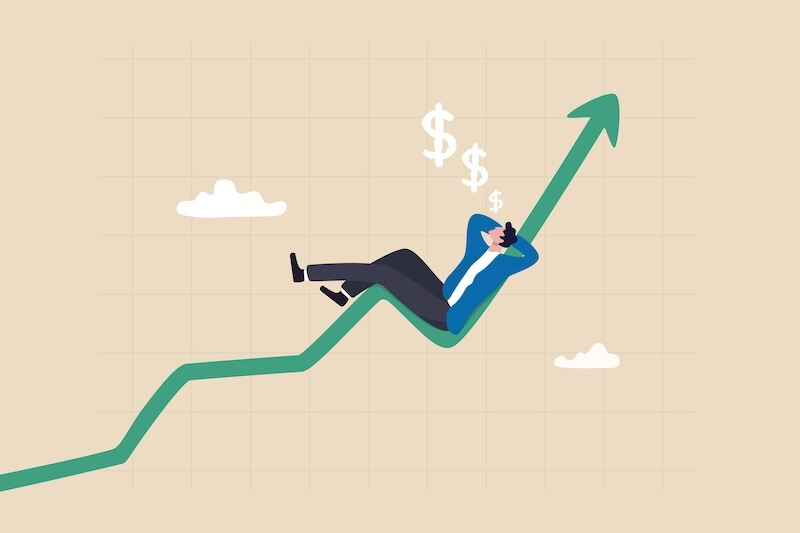As every tech investor knows, great innovations can generate immense profits.
And great failures can cause huge losses.
Today let’s discuss two of the last decade’s most talked-about innovations – and the fabulous financial returns they generated for early investors.
I’m talking about Bitcoin and the iPhone.
The first iPhone became available on June 29, 2007.
It was an immediate hit. Apple (Nasdaq: AAPL) sold over 1.4 million units the first year.
The company has since sold more than 2.2 billion of them.
The most groundbreaking aspect of the phone was its software capabilities. Users could soon download millions of third-party apps.
That meant the phone’s capabilities were limited only by the imagination of software developers.
New iterations of the device offered a feast of standard features, including watch, stereo, calculator, camera, video camera, voice recorder, GPS, video teleconferencing equipment, web browser, books, games, films and music.
A smartphone today is essentially an $8 million supercomputer from three decades ago that sits in your pocket and costs a few hundred bucks.
It’s not an overstatement to say the iPhone – and its competitors – truly changed the world.
The device also generated substantial profits. Since Apple first introduced the phone, the stock has risen 30-fold.
A 30-fold return in under 16 years is world-beating performance.
Yet it pales in comparison to the long-term return that Bitcoin has generated.
Its appreciation has been unlike any asset of any kind in the history of the world.
In fact, it’s not even close…
Yes, Bitcoin has lost approximately two-thirds of its value from the all-time high of $68,649 it hit on November 2021.
But that’s only the latest chapter of this story.
Bitcoin was created by an unknown person (or persons) using the pseudonym Satoshi Nakamoto.
The idea was to revolutionize the monetary system with a peer-to-peer electronic payment system that was transparent and resistant to censorship.
Limited in quantity to 21 million coins and powered by the blockchain – an immutable, decentralized public ledger – the goal was a currency that couldn’t be devalued by government and would wrestle power away from the banks and other big financial institutions and give it to the common man.
Bitcoin began trading in July 2010 at just $0.0008. By the end of the month, it was already up 100-fold – to $0.08.
On February 9, 2011, Bitcoin had a major breakout. It traded above $1 for the first time.
Then it really went on a tear, blasting more than 6 million percent higher – that’s not a misprint – over the next 10 years.
It has since lost about two-thirds of its value. But let’s put that pullback in perspective.
Bitcoin is still up more than 2 million percent over the last 12 years.
Think about this for a moment…
Steve Jobs and Apple created a ubiquitous smartphone that put the world’s knowledge at our fingertips, unleashed a wave of productivity and changed the way we live.
Shareholders who have been on board the whole time have seen plenty of ups and downs along the way.
But they have also been well rewarded, earning 30 times their money.
Bitcoin has been around for almost 13 years, not quite as long.
And investors who have been along for the ride have also seen plenty of volatility. But they are still up 2 million percent since 2011.
That is nothing short of astonishing.
Either Bitcoin – created out of thin air and with no tangible value – is the most incredible technological innovation of our lifetimes… or… we are witnessing a financial bubble of otherworldly proportions.
Longtime readers already know my views on this subject, which I’ll flesh out in more detail in my next column.
Stay tuned…
Credit: Source link














